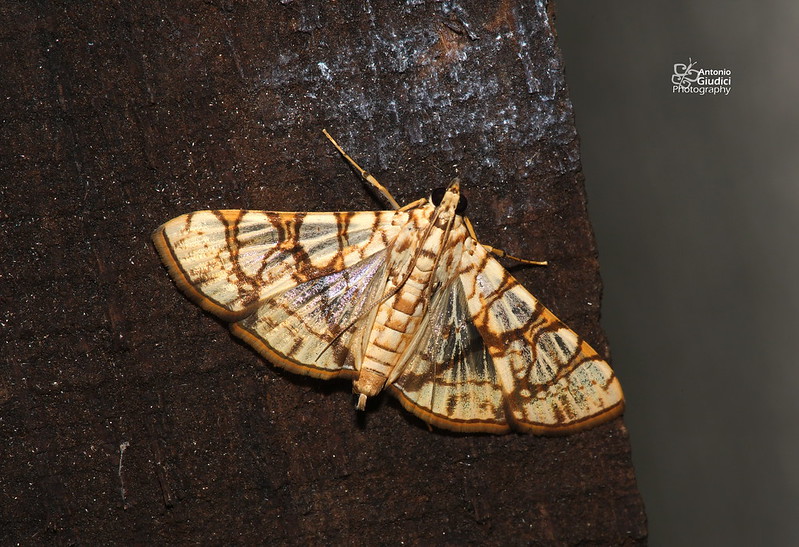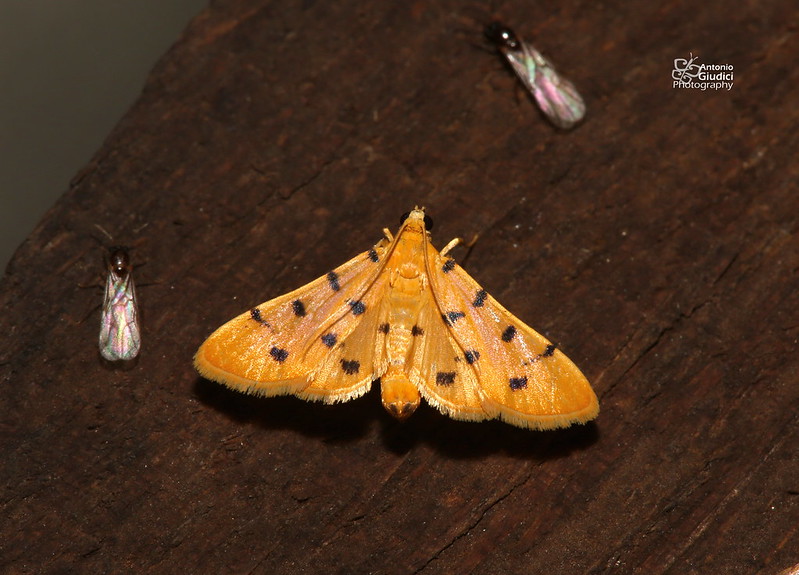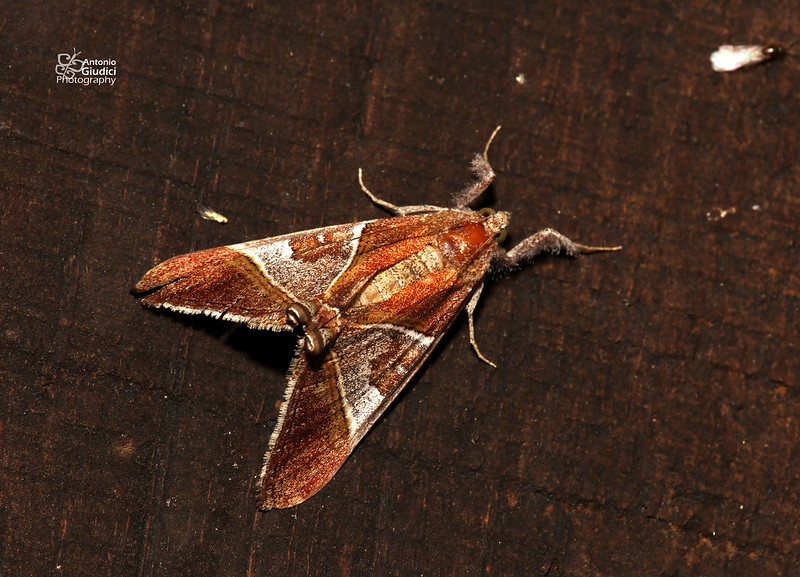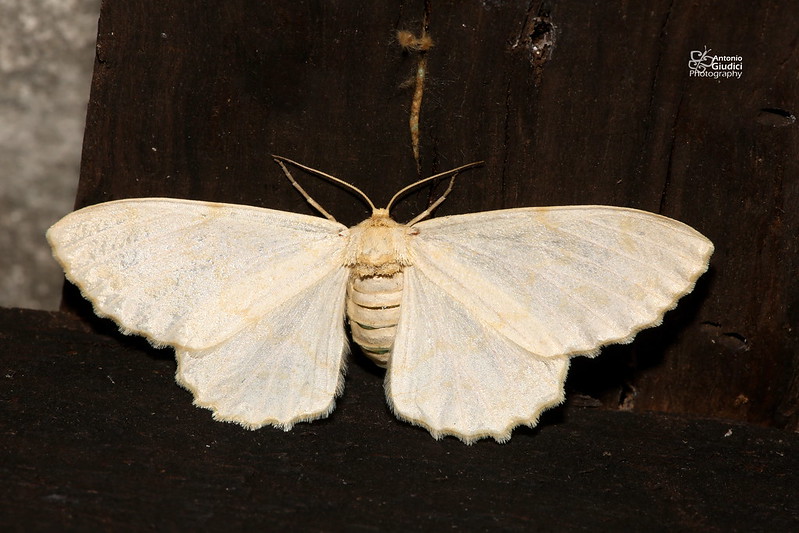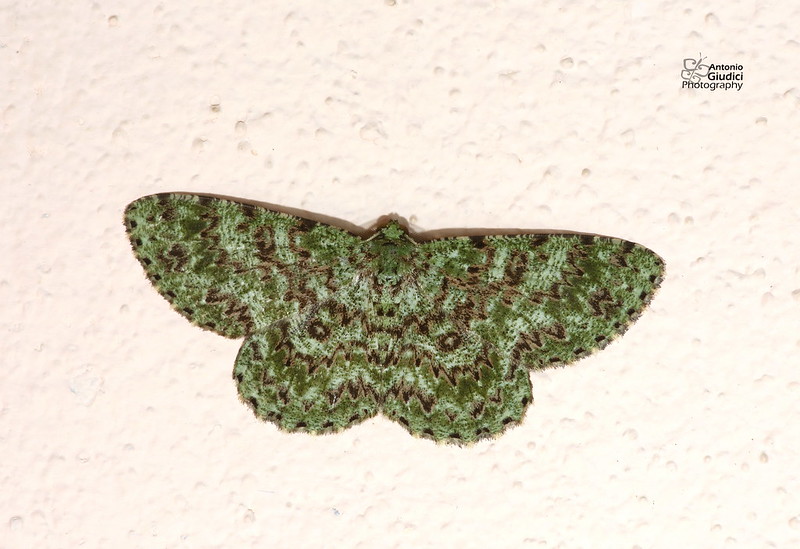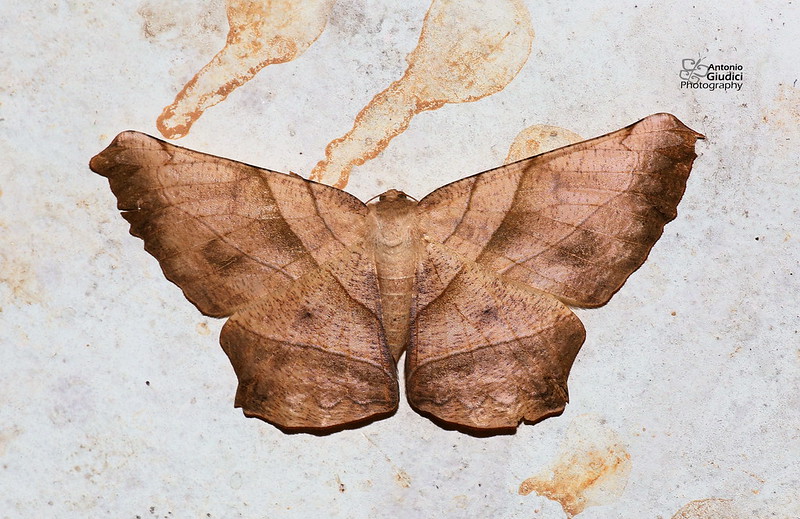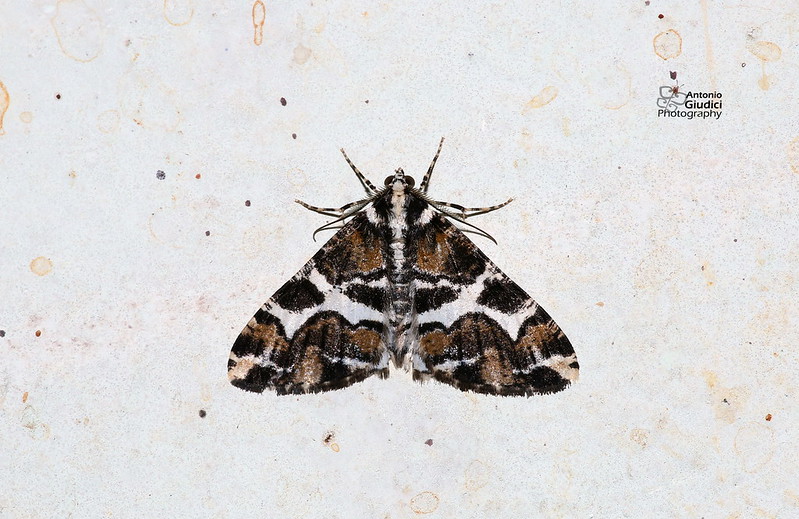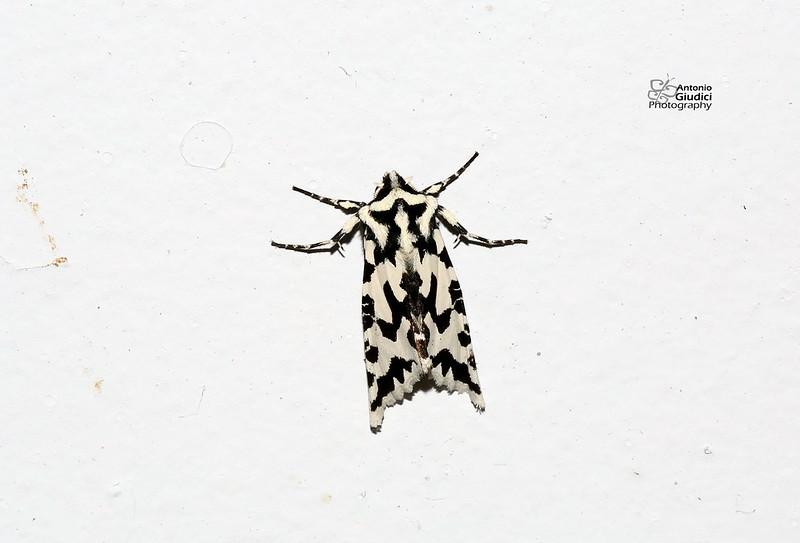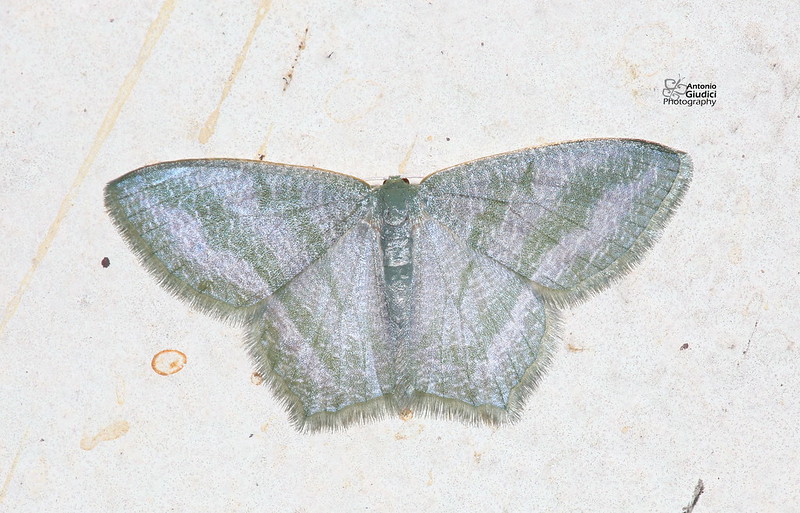Post 11.
The Spaniocentra is Comibaena fuscidorsata.
The shape of the brown patch matched the example from Thailand.
http://www.jpmoth.org/~dmoth/Digital...scidorsata.htm
Post 12.
There should be three species, in particular the 2nd has a banded abdomen,
No match in MoB.
Little info on Eupterotidae to make an ID.
TL Seow:Cheers.




 Reply With Quote
Reply With Quote
